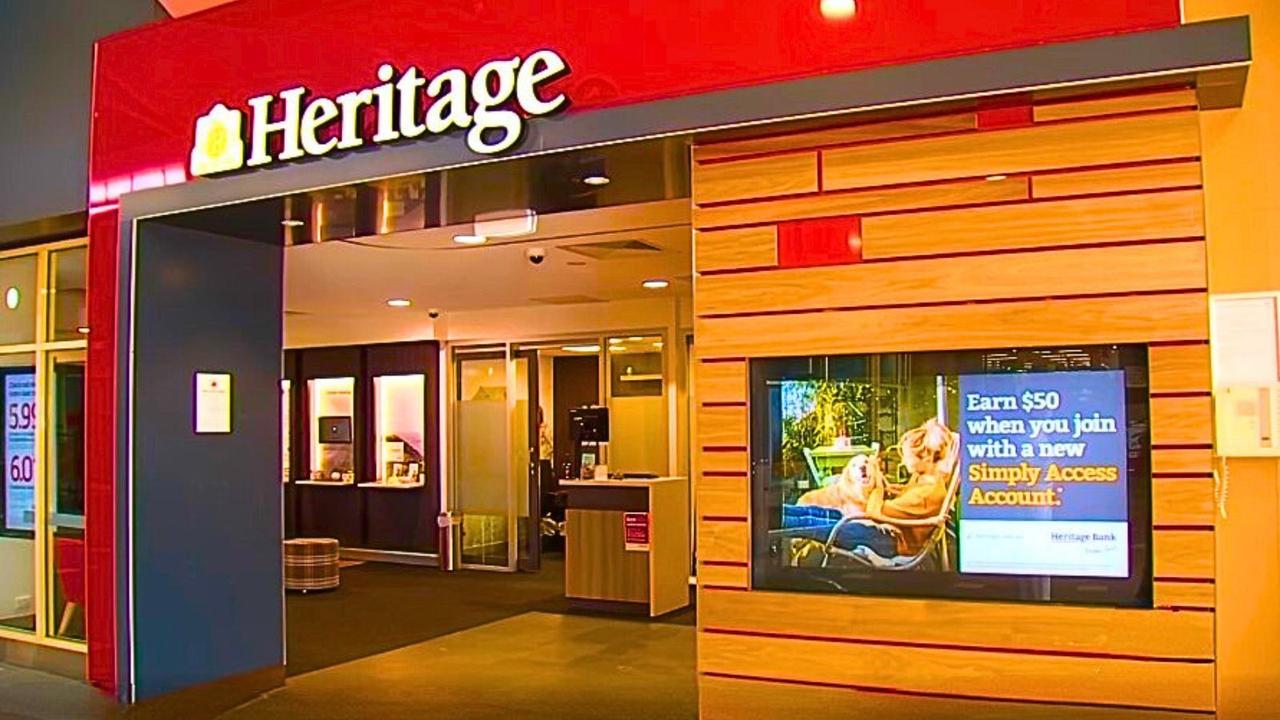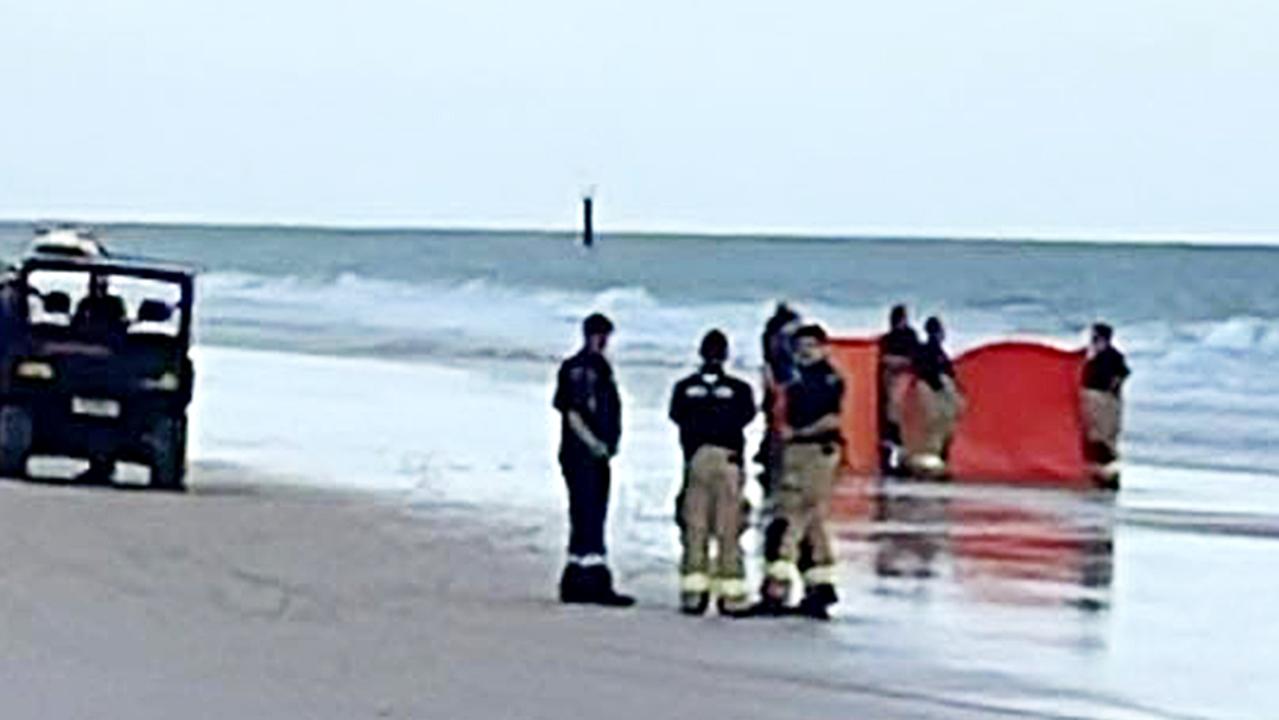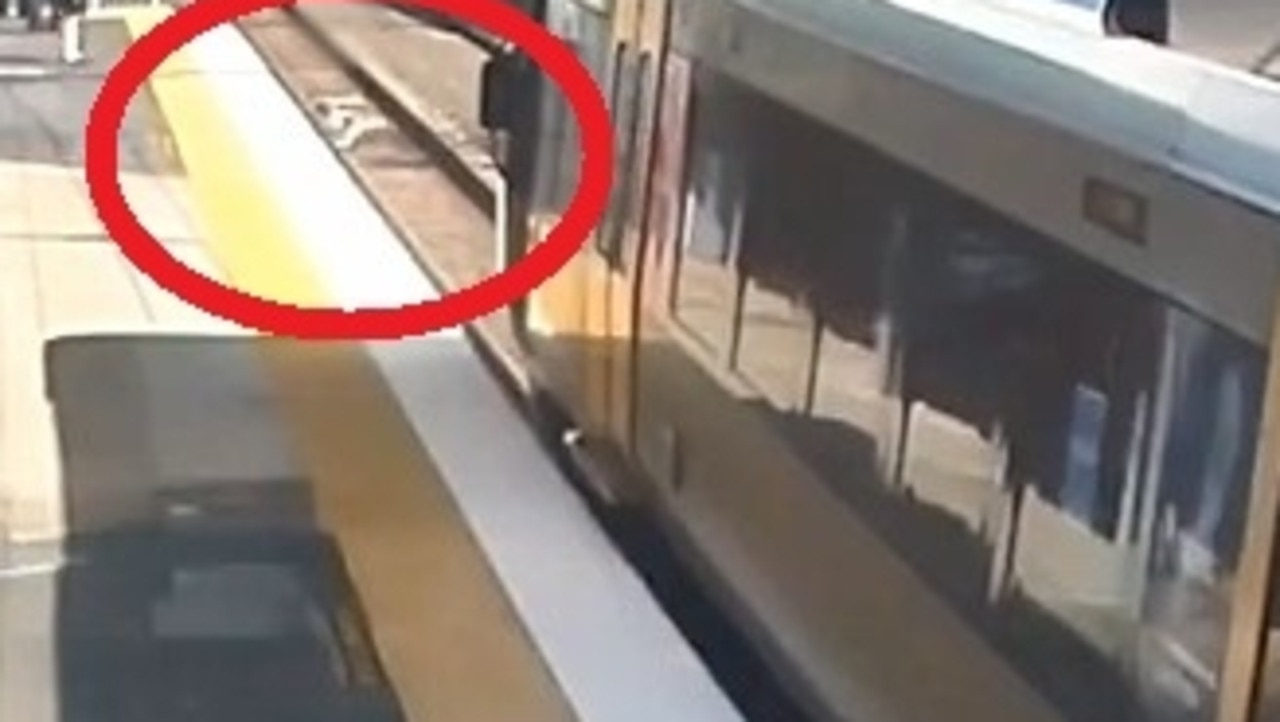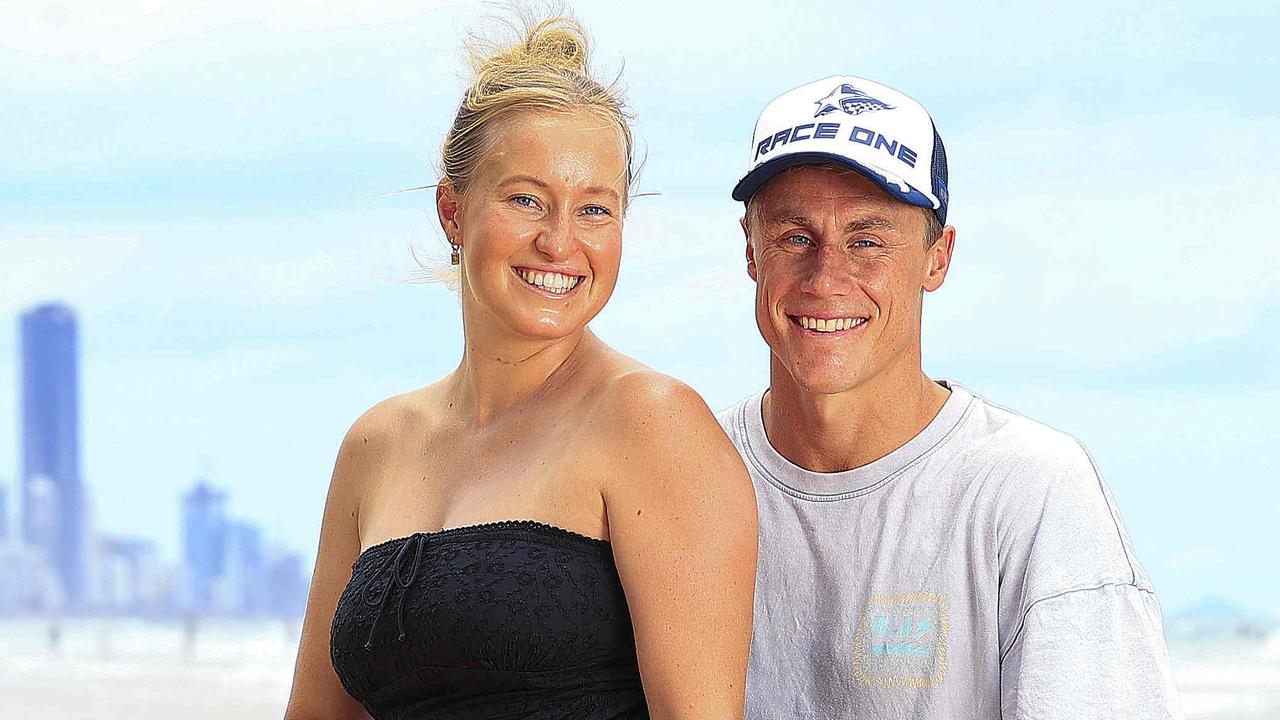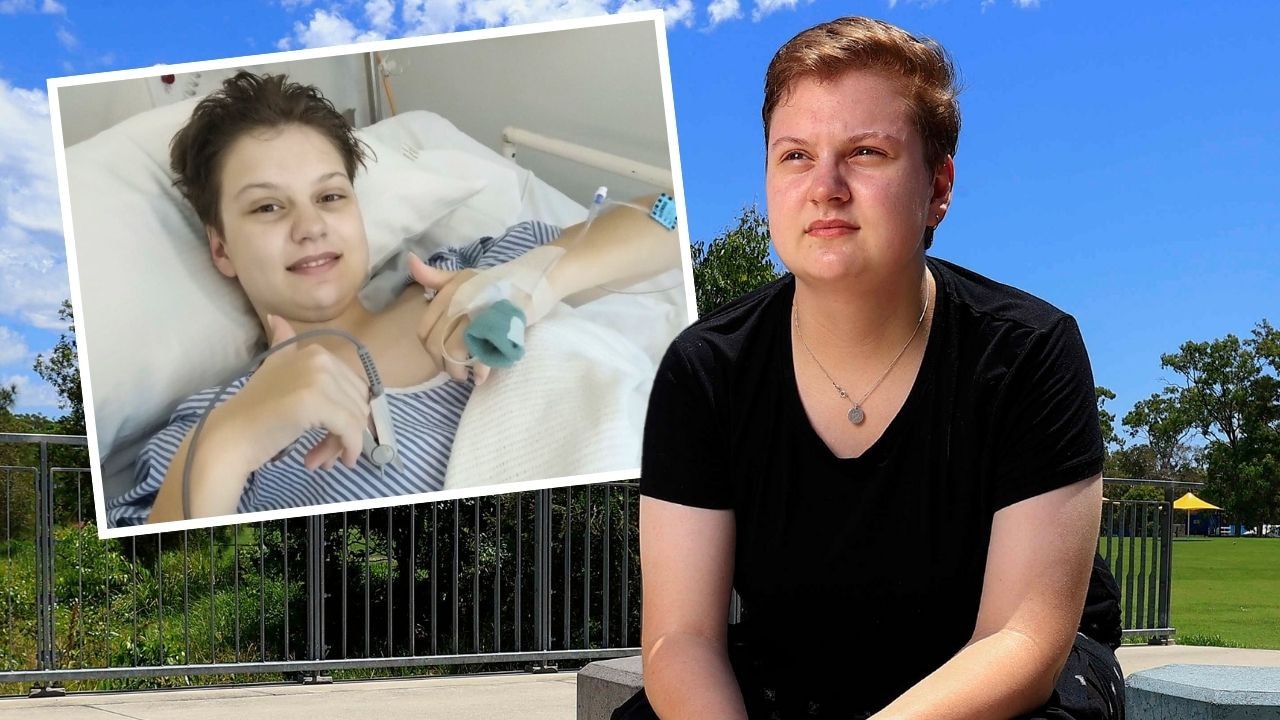Brisbane parking rule changes spark call to axe inner-city street parking by 2032
A plan allowing developers to build fewer carparks in new inner-city Brisbane unit projects has sparked a huge response. Many are opposed, but one group wants all street parking scrapped by 2032.
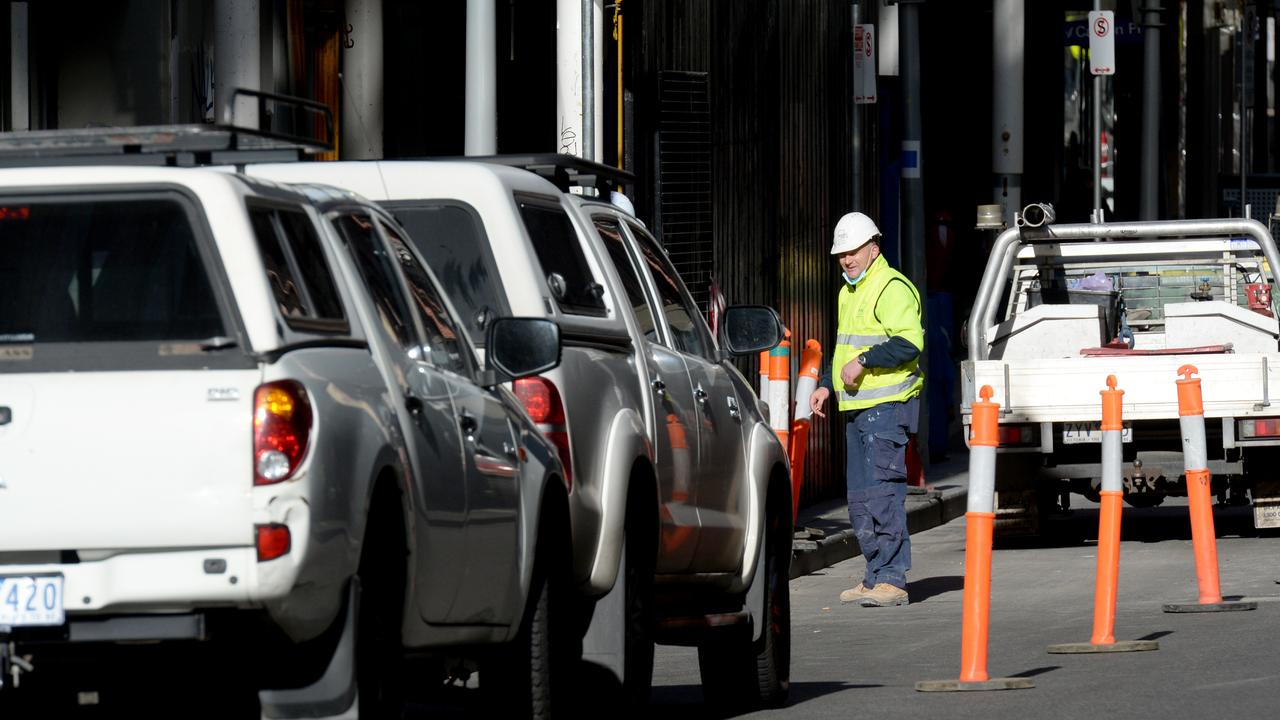
QLD News
Don't miss out on the headlines from QLD News. Followed categories will be added to My News.
Proposed new council parking rules up for a vote on Tuesday have split residents, with hundreds opposed but others saying it needs to go much further before the 2032 Olympics.
The changes would halve the number of car spaces required in new high-density housing projects in parts of 19 inner-Brisbane suburbs.
The current requirement of one space per bedroom would be slashed, as would the number of visitor spaces.
Only 19 per cent of the 1200-plus The Courier-Mail readers who voted in an online poll agreed with the question: “Should inner-city unit towers be allowed to have fewer car parks?’’
And only four people who lodged formal submissions on the proposed rules agreed it would help street parking and congestion, with 48 disagreeing.
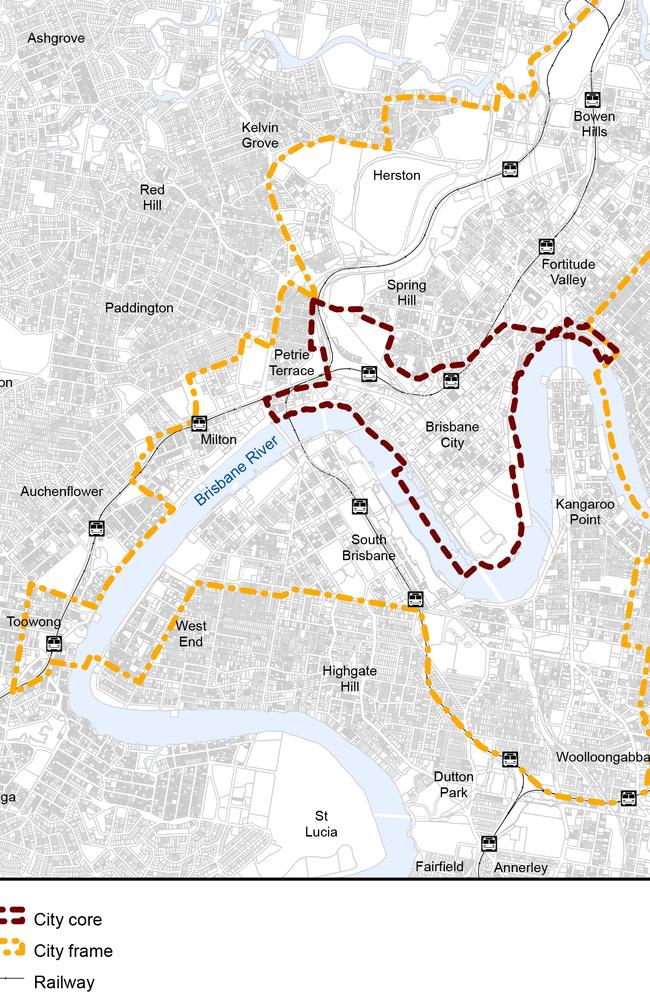
A large majority said public transport first needed to be improved.
Most also disagreed with Lord Mayor Adrian Schrinner’s claim that the measure would help affordability by encouraging developers to pass on savings of up to $100,000 per basement car space.
They pointed out there was no mechanism to ensure that happened, or even to measure that outcome.
But users on social media platforms with younger, inner-city followers backed the idea.
And the two Greens councillors campaigned at last year’s election on a similar plan.
Greater Brisbane, which described itself as a “collective of people who love our city and want to work to make it a prosperous and dynamic place’’, also supported it.
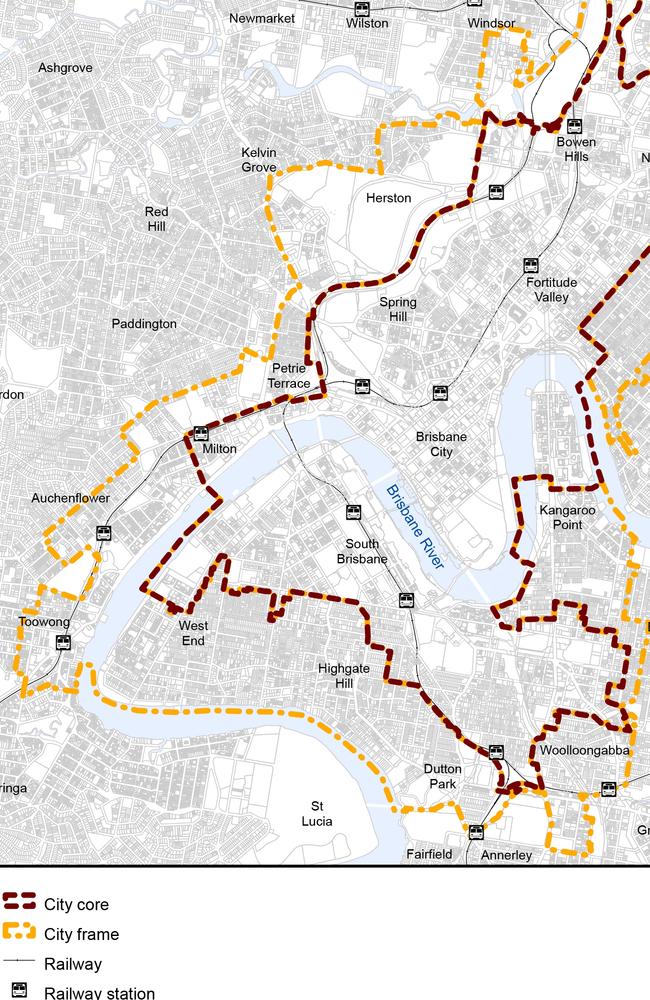
“To prepare our city for hosting the Olympics, council should begin phasing out all on-street parking within the city core, aiming for the precinct to be car-free by 2032,’’ its submission said.
“This change needs to be accompanied by both a significant boost in public and active transport.
“Greater Brisbane supports citywide zoning reform that would remove parking minimums within 800m of a train or busway station, or a major bus interchange, and within 400m of BUZ and CityGlider stops.’’
Greater Brisbane said some estimates put the cost of basement car parks as high as $250,000 per space, or 10 per cent of the final sale for mid-rise apartments.
“Parking minimums are a huge handbrake on building affordable family-sized apartments,’’ it said.
“You can’t make a six-storey apartment stack up in inner-city Brisbane and until we rip these minimums away in more places, we never will.’’
Some of those who lodged formal submissions, or commented publicly, were concerned electric car owners would have to find alternative places to charge their vehicles.
Others were worried that lowering the minimum parking requirements would lead to more people in new unit projects parking on the street.
However, in 2015 council ceased handing out resident street parking permits for units and student accommodation.
Mr Schrinner announced in May last year that Fortitude Valley, Kangaroo Point, Milton and Newstead would be included in the plan, which must be signed off by the state government.
The area was then expanded to parts of 19 suburbs, with public consultation starting four months after Mr Schrinner’s announcement.
The consultation received only limited public advertising.
Current minimum parking standards in high-density areas state that there must be one car space for a one-bed dwelling and two spaces for dwellings with two to three bedrooms.
There must also be one visitor carpark per four dwellings.
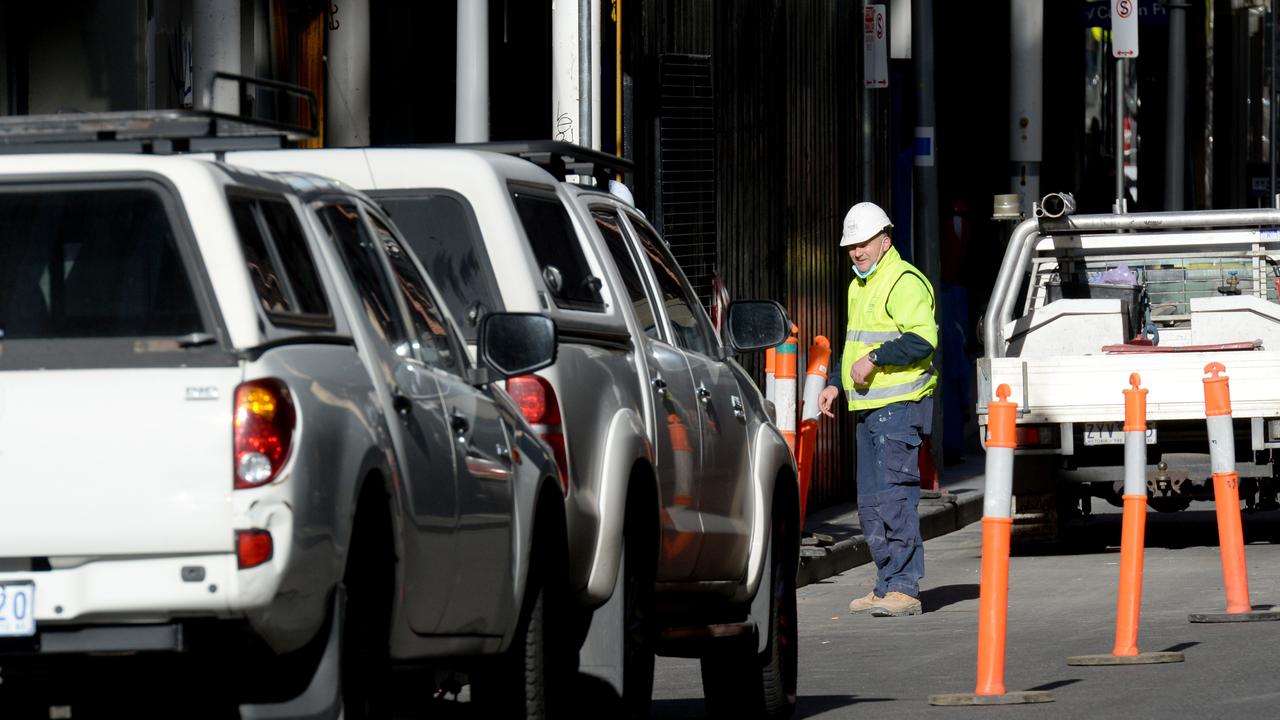
The new rules in the 11 so-called “core’’ suburbs would halve that number of car spaces.
There also needed to be only one visitor space per 20 dwellings.
“Core’’ suburbs will now include parts of: Bowen Hills; Fortitude Valley; Highgate Hill; Kangaroo Point; Milton; Newstead; Spring Hill; South Brisbane; Teneriffe; West End; and Woolloongabba.
The new rules in the 15 so-called “city frame’’ areas would include: a slight reduction to a minimum of 0.9 car spaces per one-bed dwelling; a minimum of 1.1 spaces per two-bed dwelling; a minimum of 1.3 spaces for three or more bedrooms.
There must also be one visitor space for about seven dwellings.
The “city frame’’ areas now include parts of: Albion; Auchenflower; Bowen Hills; Dutton Park; East Brisbane; Hamilton; Herston; Highgate Hill; Kangaroo Point; Milton; New Farm; Teneriffe; Toowong; West End; and Woolloongabba.
More Coverage
Originally published as Brisbane parking rule changes spark call to axe inner-city street parking by 2032





